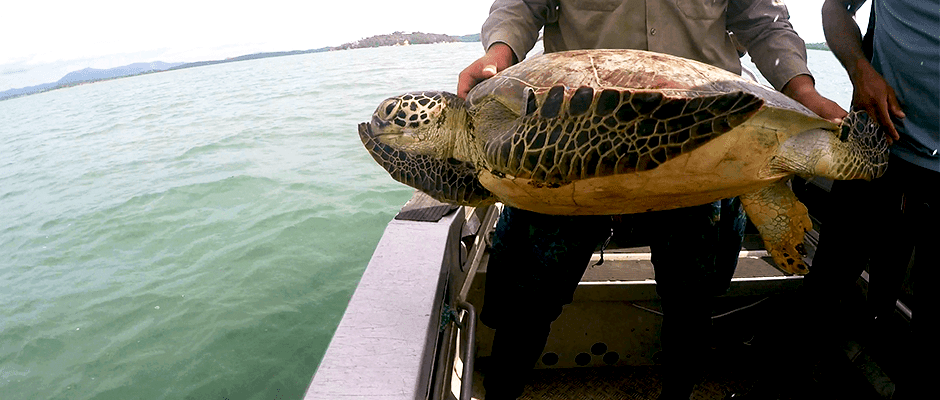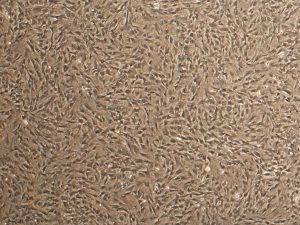Share this article
Lab method could help detect pollutants’ effects on wildlife
Contaminants in the environment can have a range of harmful impacts on threatened wildlife, but without extensive field work, it’s hard to gauge what those impacts are. A group of Australian biologists have validated a lab method to help evaluate how different toxins affect animals in the wild.
Stephanie Chaousis, a Griffith University doctoral candidate leading the project, used cells cultured from green sea turtles (Chelonia mydas) to spot multiple molecular signals called biomarkers, which point to alterations within their bodies following toxic exposure. Although her work focused on sea turtles, Chaousis said her technique could be used on other species to determine how they may be affected by pollutants.
“All living organisms have cells, so in theory, we could apply it to all wildlife,” she said.
Instead of collecting samples from animals in the wild to see how pollutants might be affecting them, Chaousis’ technique performs experiments in the lab using cultured cells and known environmental contaminants.
“It’s challenging to go out in the field, collect blood samples nondestructively, analyze those for different molecular markers and then correlate these markers with the effects of contaminant exposure,” Chaousis said.
The controlled experiments allow the researchers to see the correlation between specific toxins and the biomarkers they find.
“We can look at the effects of contaminant exposure, compare them between different tissue types and get early clues of what might be happening in the whole organisms,” she said.
The general approach has been around for over a decade, Chaousis said, but her team implemented a method to obtain a comprehensive snapshot of hundreds of proteins through a technique not previously used in wildlife toxicology.
“I can look at all the changes in protein expression after contaminant exposure and determine the most significant effects of a chemical on the cells,” she said.
Her research found biomarkers at the cellular level that have also been found in wild sea turtles, indicating negative responses to even low levels of ocean pollutants such as polychlorinated biphenyls, or PCBs. PCBs are a widespread class of contaminants known to cause hormonal disruption, and they can accumulate in the blood and tissues of sea turtles in the wild.
“We might be able to use this sort of experiment to get an idea of what’s happening in the organism in the wild,” she said. “It’s promising that this method will guide the efforts of toxicologists in the field to target important markers instead of testing possible biomarkers one by one.”
She and her colleagues are now testing five other chemicals and subjecting cells to toxins taken from the blood of wild sea turtles.
Header Image: ©Steph Chaousis









